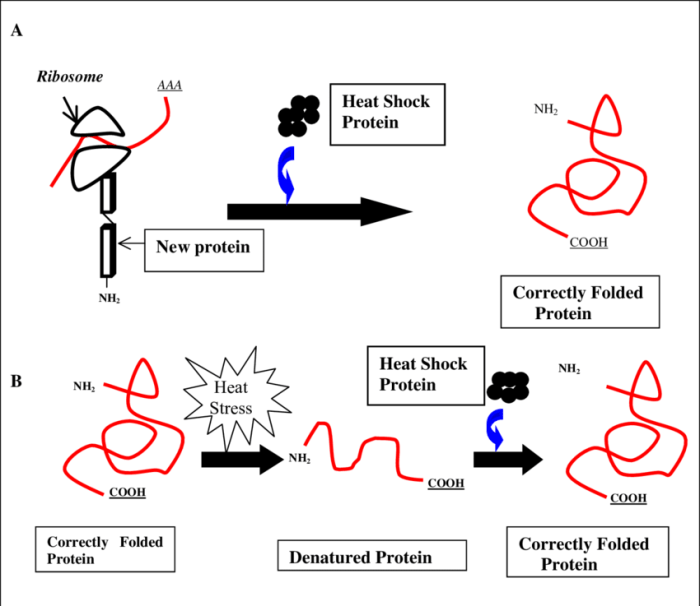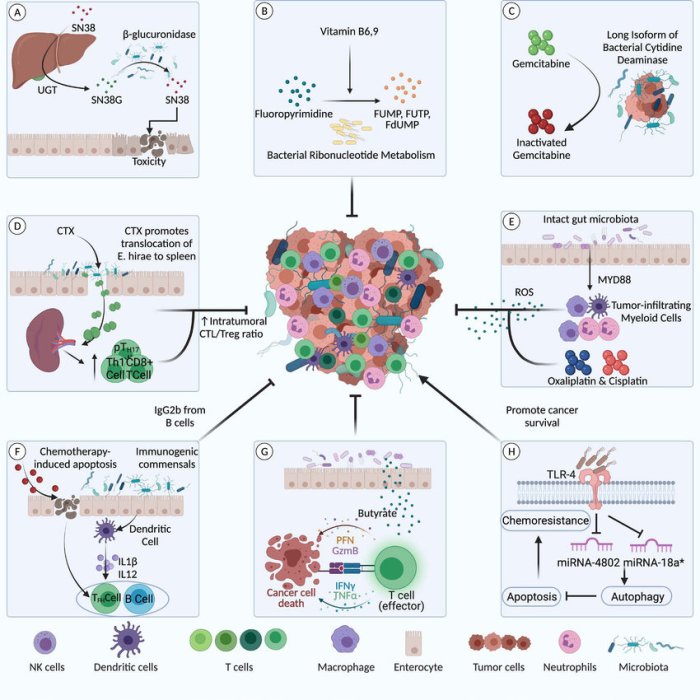Select characteristics exhibited by exotoxins but not exhibited by endotoxins – Exotoxins and endotoxins, two distinct classes of bacterial toxins, exhibit contrasting characteristics that profoundly impact their pathogenesis and clinical manifestations. This exploration delves into the select characteristics exhibited by exotoxins but not endotoxins, unraveling their molecular mechanisms, target cell specificity, and implications for disease development.
Exotoxins, secreted virulence factors, possess remarkable specificity, targeting specific host cells through intricate molecular interactions. Endotoxins, on the other hand, are integral components of the bacterial cell wall and lack such target cell specificity. Furthermore, exotoxins often display enzymatic activity, disrupting cellular processes and causing specific clinical symptoms, while endotoxins primarily trigger inflammatory responses via interactions with host immune receptors.
Pathogenesis and Toxicity Mechanisms
Exotoxins and endotoxins exhibit fundamental differences in their interactions with host cells. Exotoxins are secreted proteins that directly target specific host cells, while endotoxins are components of the bacterial cell wall that are released upon bacterial lysis.
Exotoxins have specific binding sites on host cells, which they use to gain entry and exert their toxic effects. Some exotoxins, such as diphtheria toxin, inhibit protein synthesis by targeting elongation factor 2. Others, such as tetanus toxin, block neurotransmitter release, leading to muscle paralysis.
Endotoxins, on the other hand, activate the host’s immune system by binding to toll-like receptor 4 (TLR4), triggering a cascade of inflammatory responses.
Virulence Factors
The production of exotoxins and endotoxins is regulated by virulence factors, which are genes that encode proteins involved in bacterial pathogenesis. Exotoxin production is often associated with specific virulence genes, such as the tox gene in Corynebacterium diphtheriae. Endotoxin production is typically regulated by genes that control the synthesis and release of lipopolysaccharides (LPS), the main component of the bacterial cell wall.
Chemical Structure and Stability

Exotoxins are typically proteins or polypeptides, while endotoxins are complex glycolipids. This structural difference contributes to their stability and susceptibility to environmental factors.
Exotoxins are generally more heat-labile than endotoxins. They can be inactivated by heat, proteolytic enzymes, and other factors. Endotoxins, on the other hand, are more stable and can withstand higher temperatures and harsh conditions.
Examples
Examples of exotoxins include diphtheria toxin, tetanus toxin, and botulinum toxin. Examples of endotoxins include lipopolysaccharides (LPS) from Gram-negative bacteria and lipoteichoic acids (LTA) from Gram-positive bacteria.
Target Cells and Specificity

Exotoxins typically target specific host cells, while endotoxins have a broader range of target cells.
Exotoxins often bind to specific receptors on host cells, which determines their target specificity. For example, diphtheria toxin targets cells that express the heparin-binding epidermal growth factor (HB-EGF) receptor. Endotoxins, on the other hand, activate TLR4, which is expressed on a wide range of immune cells.
Specificity
The specificity of exotoxins and endotoxins influences disease pathogenesis. Exotoxins can cause specific diseases, such as diphtheria and tetanus, by targeting specific host cells. Endotoxins, on the other hand, can cause a wider range of symptoms, including fever, chills, and hypotension, due to their ability to activate the immune system.
Clinical Manifestations

Exotoxins and endotoxins can cause distinct clinical manifestations.
Exotoxins
Exotoxins can cause specific diseases with characteristic symptoms. For example, diphtheria toxin causes a thick, gray membrane to form on the throat and tonsils, while tetanus toxin causes muscle spasms and lockjaw.
Endotoxins
Endotoxins can cause a range of symptoms, including fever, chills, hypotension, and organ failure. They are often associated with Gram-negative bacterial infections, such as sepsis and meningitis.
Impact on Host Immunity, Select characteristics exhibited by exotoxins but not exhibited by endotoxins
Exotoxins and endotoxins can both have significant impacts on host immunity. Exotoxins can directly damage immune cells or inhibit their function. Endotoxins can activate the immune system, leading to inflammation and cytokine release.
Treatment and Prevention

Treatment
Treatment for exotoxin- and endotoxin-mediated diseases depends on the specific toxin involved.
- Exotoxins: Treatment often involves the use of antitoxins, which are antibodies that neutralize the toxin.
- Endotoxins: Treatment typically focuses on supportive care, such as fluid resuscitation and antibiotics to treat the underlying infection.
Prevention
Prevention of exotoxin- and endotoxin-mediated diseases can be achieved through vaccination.
- Exotoxins: Vaccines are available to prevent diseases such as diphtheria, tetanus, and botulism.
- Endotoxins: There are no specific vaccines available to prevent endotoxin-mediated diseases.
Q&A: Select Characteristics Exhibited By Exotoxins But Not Exhibited By Endotoxins
What are the key differences between exotoxins and endotoxins?
Exotoxins are secreted virulence factors with target cell specificity and enzymatic activity, while endotoxins are cell wall components that trigger inflammatory responses.
How do exotoxins cause disease?
Exotoxins disrupt cellular processes through their enzymatic activity, leading to specific symptoms and diseases.
Why are endotoxins less specific than exotoxins?
Endotoxins lack target cell specificity because they are not secreted and interact with host immune receptors.